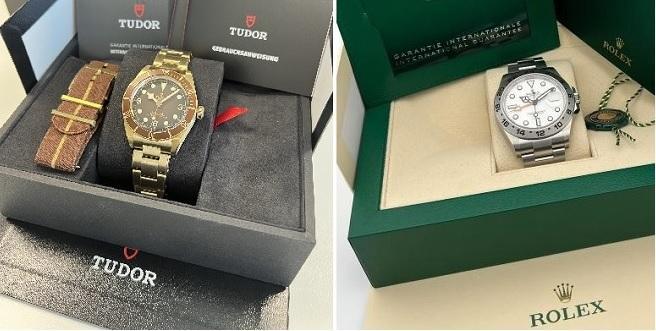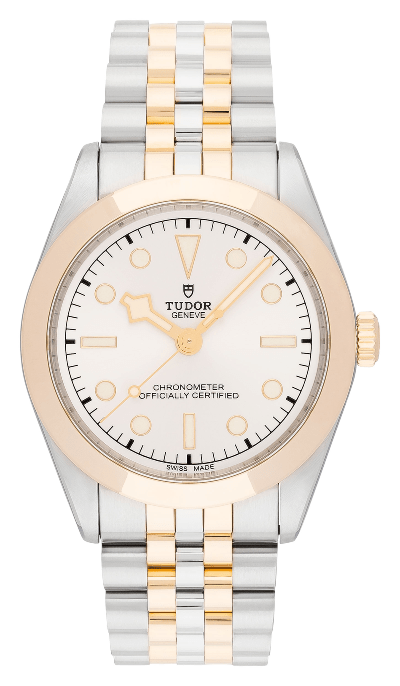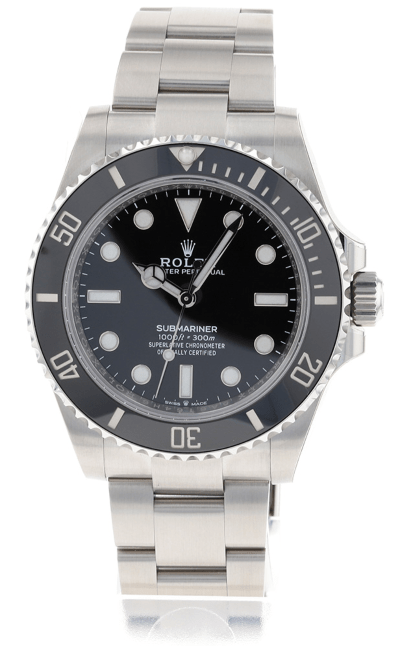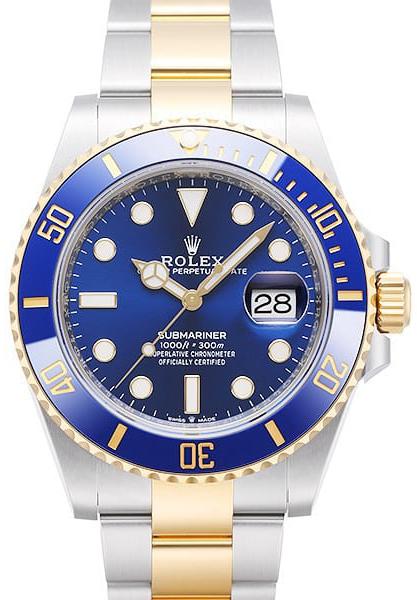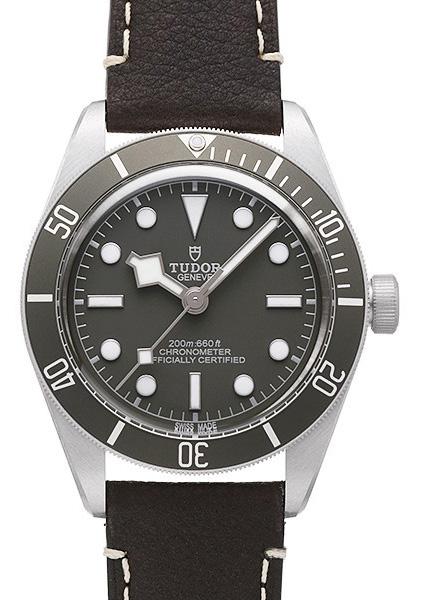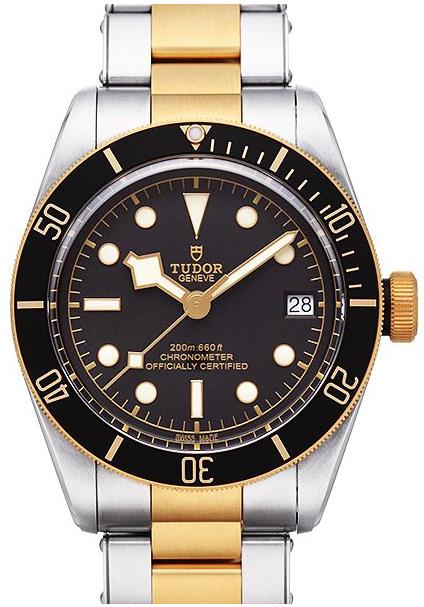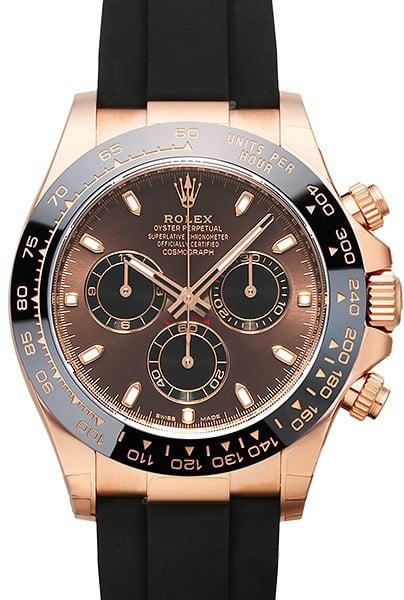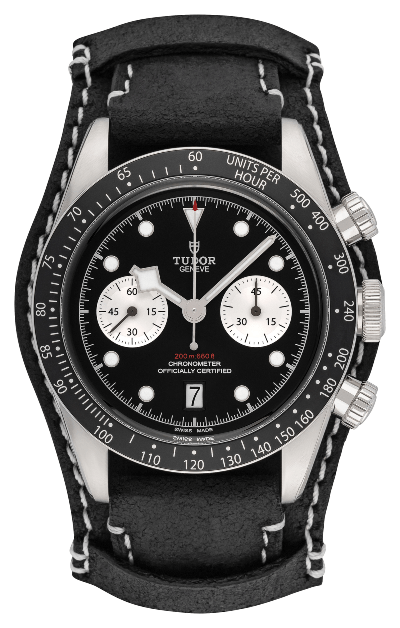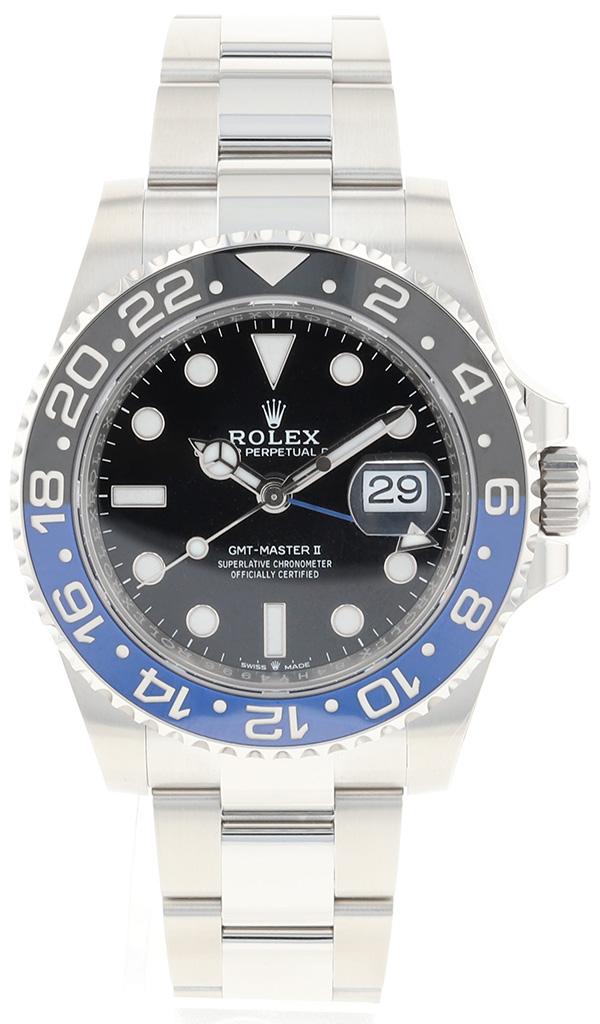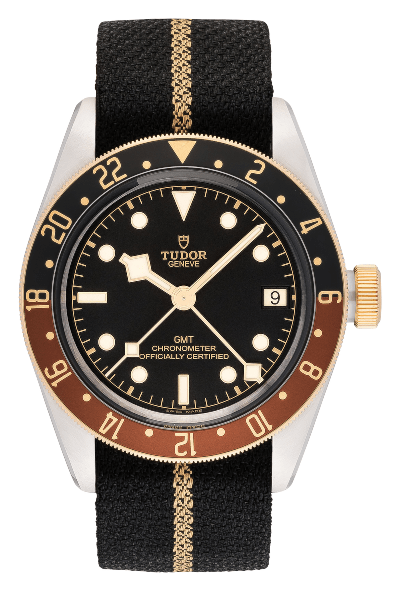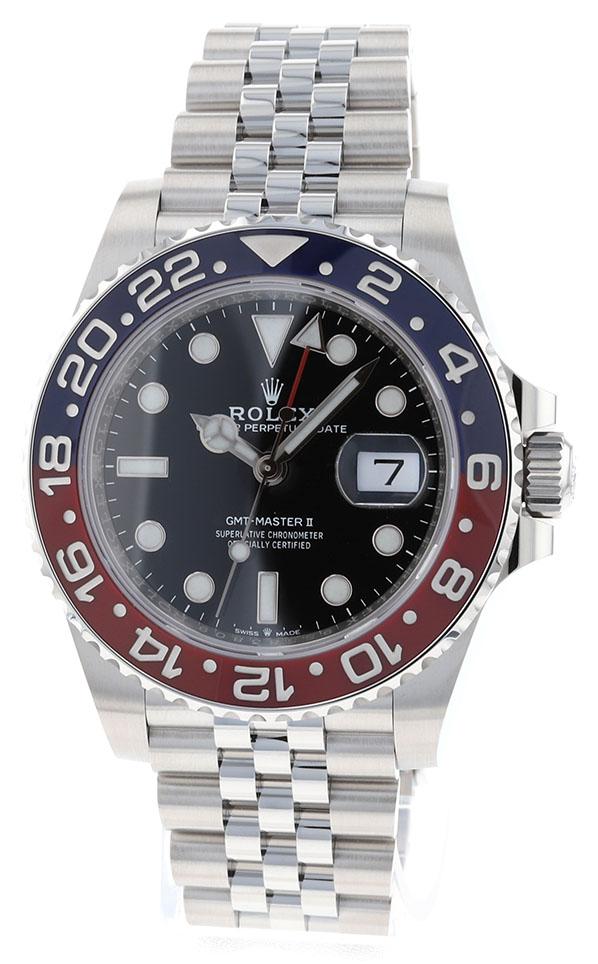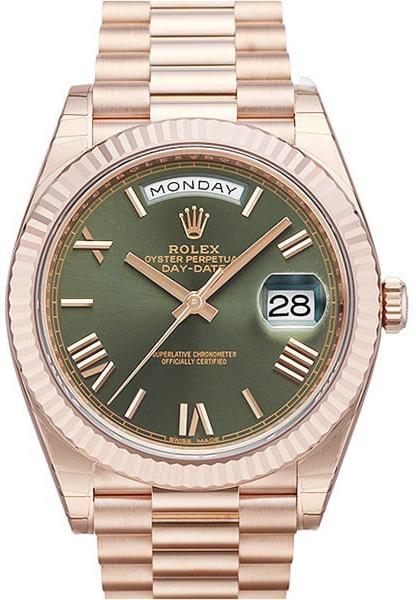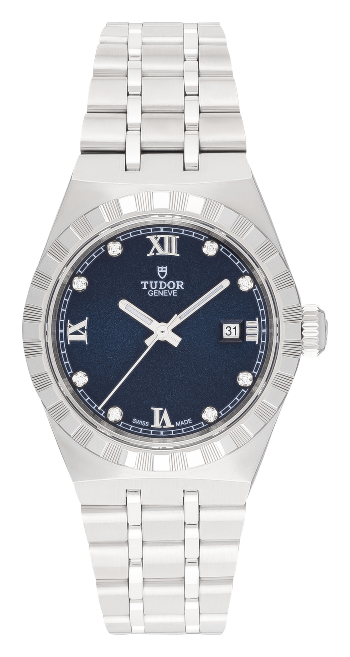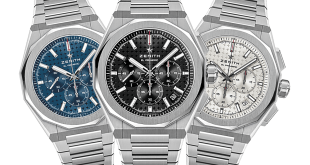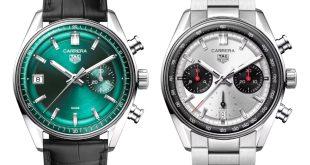«Sister duel with comparison of watch models»
The affordable alternative? For many watch lovers, Tudor has long ceased to be overshadowed by its parent brand. The models of the Rolex sister are becoming more independent and self-confident, winning one design prize after another. Black Bay, Royal and Co. – how the most popular models fare in a direct comparison of Tudor vs. Rolex, Uhrinstinkt explains today.
Image, quality, value stability: general differences
Since Tudor’s founding in 1926 by Rolex father Hans Wilsdorf, the brand image has been a double-edged sword: while the objective quality standards are identical except for minimal sacrifices in detail and the watches enjoy a good reputation as robust all-rounders, wicked tongues speak of “wannabe Rolex watches.” But the picture has changed: While the timepieces with the shield as a logo used to bear an extreme resemblance to their models, the Black Bay launch in 2012 at the latest has ensured a clear demarcation.
In the Tudor vs. Rolex comparison, the parent brand is the same synonym for status and success as it was 50 years ago, while the daughter has gained a cool, almost youthful reputation. Brand faces like David Beckham and Lady Gaga fuel the young image. Even in terms of value stability, the cards have been reshuffled: although Rolex watches enjoy legendary, almost unrivaled resalability throughout the watch world, many top models of the “cheaper alternative,” such as the popular 58, have now been able to match the value retention of the parent brand.
Diving Watches: Black Bay’s rise to the Champions League
No other Rolex watch is more associated with hype and waiting lists than the Submariner. First presented in 1953, the diver icon is getting a major update in 2020: Above all, the automatic caliber 3230 with Chonergy escapement and 70 hours of power reserve are among the technical highlights of the Submariner, along with 300 meters of water resistance. Lucky owners who either have to put up with long waiting times or significant secondary market surcharges can also rejoice over the particularly resistant 904L (“Oystersteel”) stainless steel alloy. The list price of the steel variant without date is slightly above the 8,000 euro mark, making the 3,000 to 4,000 euros of comparable Black Bays in the Tudor vs. Rolex duel look like a bargain. What trade-offs do buyers have to make?
Surprisingly few. 200 instead of 300 meters of water resistance and a slightly reduced, but still first-class quality feel mark the most obvious differences. Tudor’s counterpart also lacks the Submariner’s popular quick-set strap. The remaining differences are of a subjective nature: Snowflake instead of Mercedes hands as well as other color combinations are the most prominent differences and are contrasted by amazing technical similarities. Whether it’s the 41-millimeter diameter, 70-hour endurance, or the chronometer certificate, the case and the MT5602 caliber resemble the Submariner in key characteristics. Overall, the Submariner has the edge in the Tudor vs. Rolex battle, but the price-performance ratio is crystal clear on Tudor’s side.
Chronographs: Legend vs. newcomer
The name Daytona is synonymous with a horological icon: enthusiasts pay three times the list price of around 13,000 euros (steel model) to obtain one of the rare examples. The huge market values mainly represent the status of the legendary Rolex model rather than its technology. While 904 stainless steel and 72 hours of power from a manufacture caliber 4130 mark clear advantages, potential disadvantages lie in the lack of a date and the concealed movement by the solid caseback. The Black Bays in the Chrono collection also have the latter, but for a fraction of the Daytona price (around 5,000 euros), they offer a very strong overall package. Not only the chronometer-certified caliber M5813 based on the renowned Breitling B01 with 70 hours of power reserve, but also the double water resistance compared to the Daytona (200 meters) speak for the newcomer.
The extent of the similarities is surprising: Both alternatives offer black and white color combinations, catch the eye with color-contrasting totalizers, and don’t deliver much difference in the design of the steel bracelet. The Chrono lacks an hour counter, but unlike the Cosmograph Daytona, it has a date. Minor details compared to a much bigger question in the Tudor vs. Rolex duel: do you prefer iconic celebrities or a premium all-rounder at a fair price? If the former, even the best Tudor will never come close to the legend status of a Daytona.
GMT watches: Tudor vs. Rolex in the prestige segment
Pepsi, Batman, Kermit: The color combinations of the GMT-Master II are just as prominent as the model series itself. If you want to call the two-time zone Rolex your own, you’ll get the classic with a 3285 automatic movement of the latest generation (70-hour rate, Parachrom hairspring, etc.) and have to shell out at least 20,000 euros on the secondary market. In comparison, the approximately 4,000 euros for the GMT Black Bays from Tudor seem like a gift, but it gets even better: 200 instead of 100 meters of water resistance, a chronometer automatic movement with the same endurance as the GMT-Master II and, above all, the optical similarity astonish us positively.
Unlike the “Pepsi”, the blue-red bezel is not made of the (almost) indestructible ceramic, but of aluminum, but it is successfully modeled on the look of the prototype. The black dial with its indices also unites the in-house rivals. Of all the comparisons in our Tudor vs Rolex duel, the aesthetic similarities between these two heavyweights are the most obvious. Apart from the historical prestige and proud name of the GMT-Master II and its qualitative perfection, which Tudor’s counterpart fulfills to a perceived 95 percent, few objective arguments speak in favor of the parent brand.
Day-Date Classic: President vs. Royal Competition
It’s majestic in our last Tudor vs. Rolex battle: the legendary Day-Date with the five-pointed crown goes up against the literally “royal” newcomer from the subsidiary brand. Admittedly, it’s a difficult Rolex-Tudor comparison: while the “President” enters the race with iconic features (fluted bezel and cyclops magnifier) as well as an unparalleled history of prominent owners, Tudor’s counterpart is a newcomer without history. A prestigious “President” in gold costs tens of thousands of euros, while the Royal comes to the wrist at an affordable 2,000 to 3,000 euros. The Rolex model ticks with mechanics from its own manufacture (3255), while its little sister uses bought-in Sellita movements.
Why the comparison at all, if the differences are so overwhelming? The reason for our comparison lies in the unmistakable similarity: Although the fluted bezel has been transformed into a knurled one, the written-out day of the week at 12 o’clock, the Roman numerals and the date on the three o’clock immediately remind us of the President. The royal sister lacks the cult factor, but those who want to experience the elegance of the legendary model at affordable conditions will not find a better price-performance ratio anywhere.
 Uhrinstinkt Magazine
Uhrinstinkt Magazine
